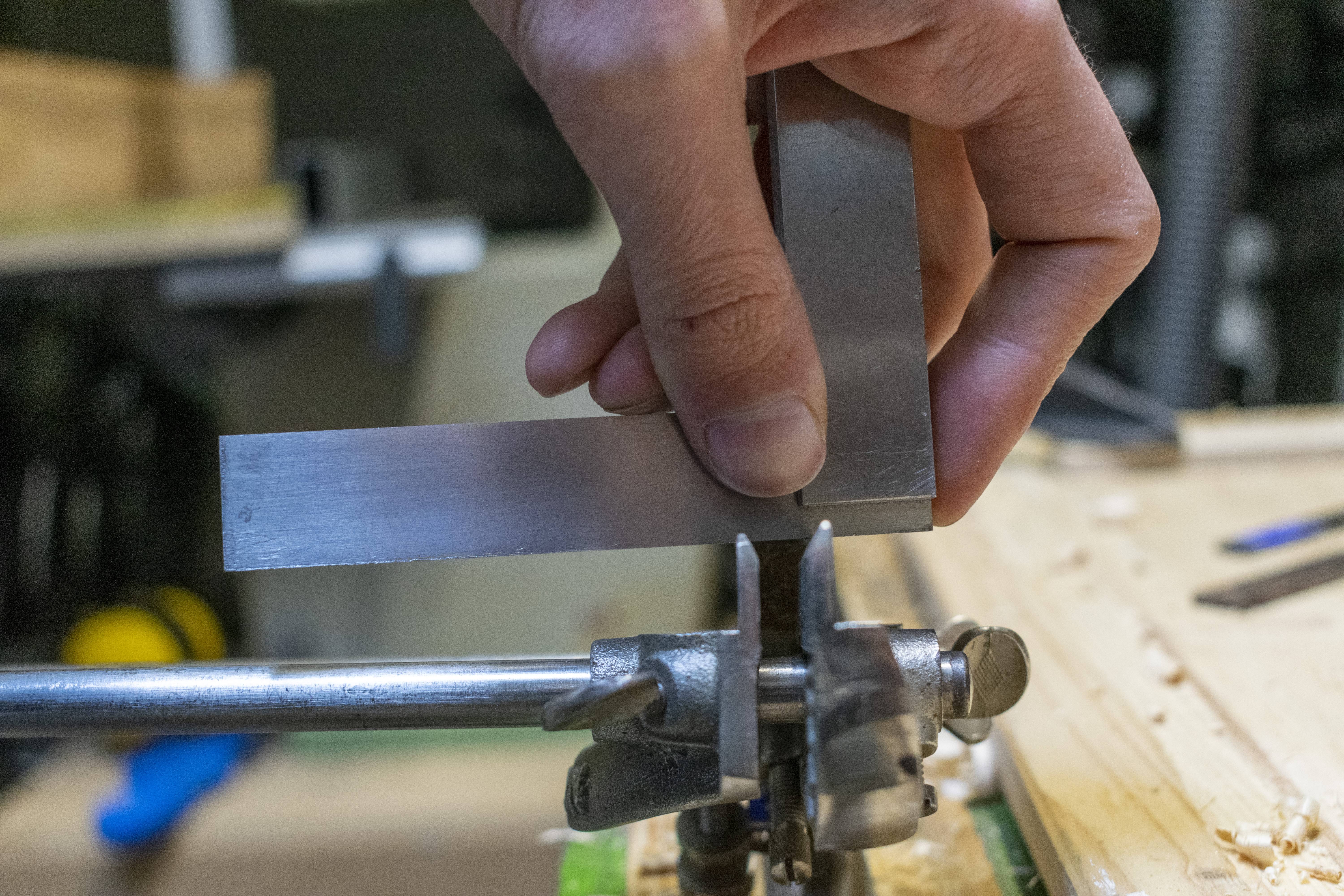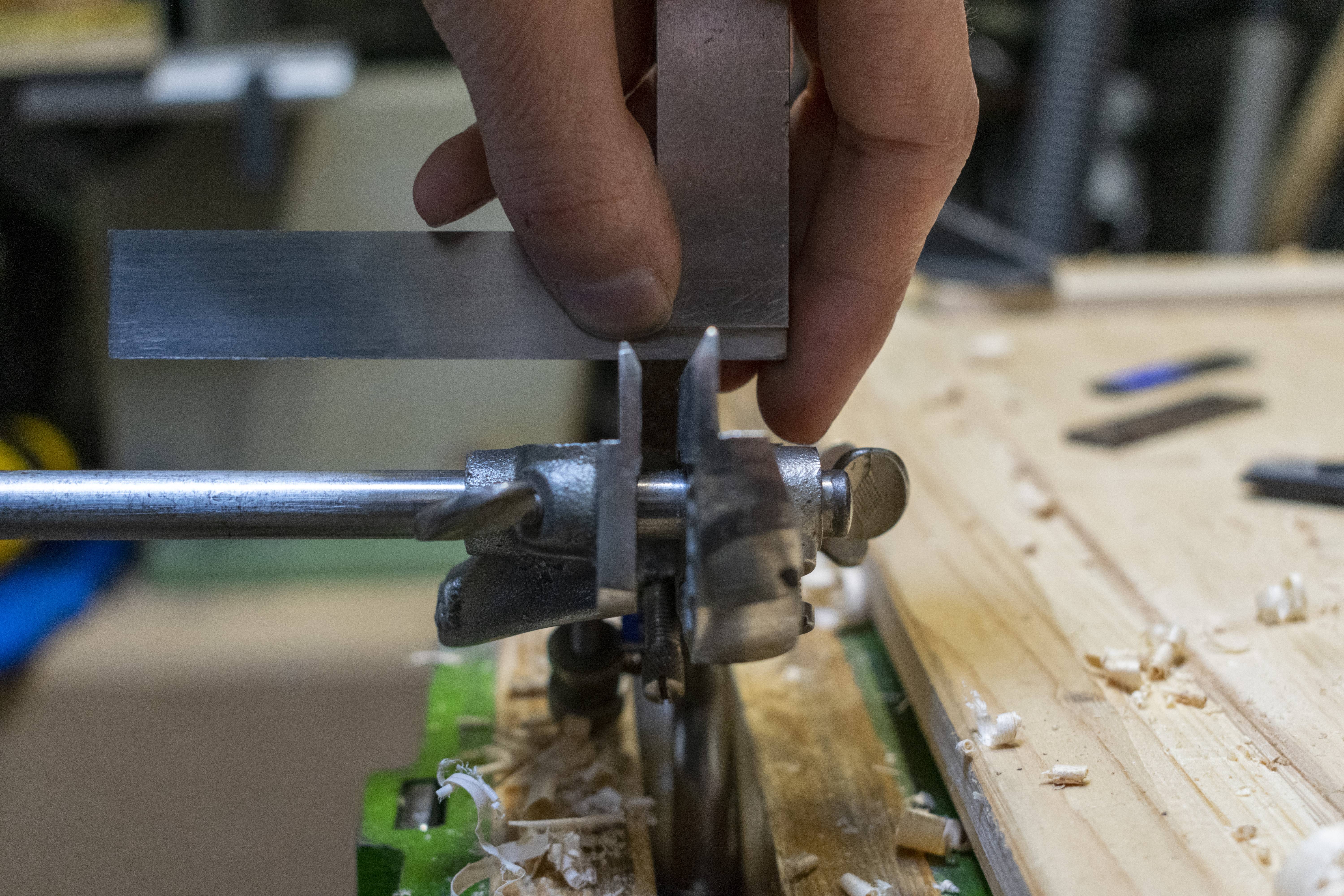You're right that all the good tools tend to be snapped up by traders on Marktplaats. Then they just hold on to it for a long time until someone is willing to pay a premium price, a bit of a shame really.
That said, I've just received my Record 050! It looks to be in good condition, and the only thing missing are the short bars. There are 15 cutters, in the original packaging. One thing I don't understand though is that the tongue and groove cutter is 1/4 inch, but there is no 1/4 inch cutter to go with it for some reason. In the manual it says there are supposed to be 17 cutters, not 15. Might have to get the 1/4 inch cutter separately.
Question: At what angle do you sharpen your blades? They all seem to be at 35 degrees, which is what I think they came with from the factory. It seems kind of high, would you recommend going down to 25 or 30?




































